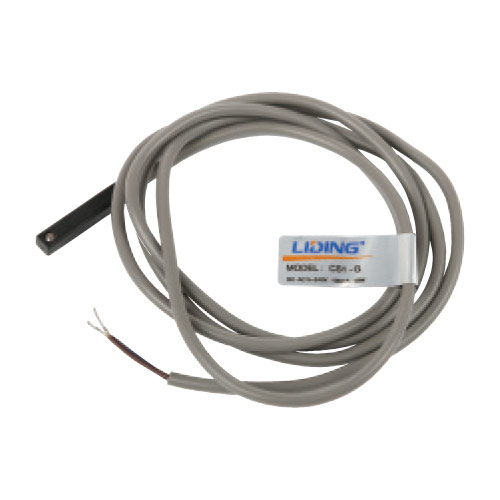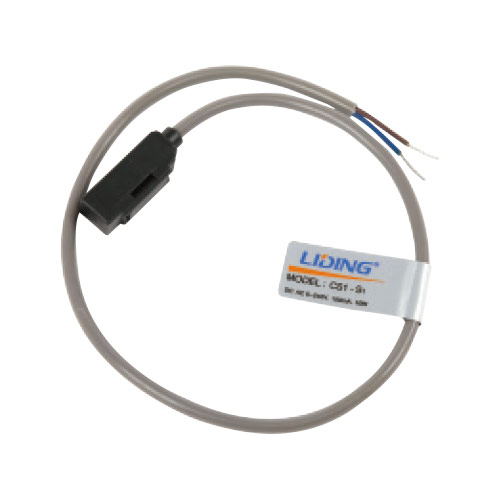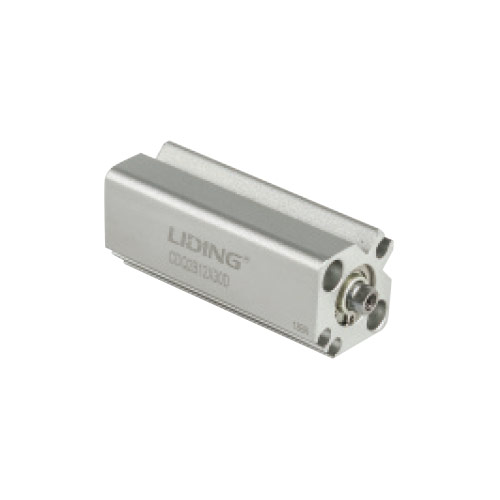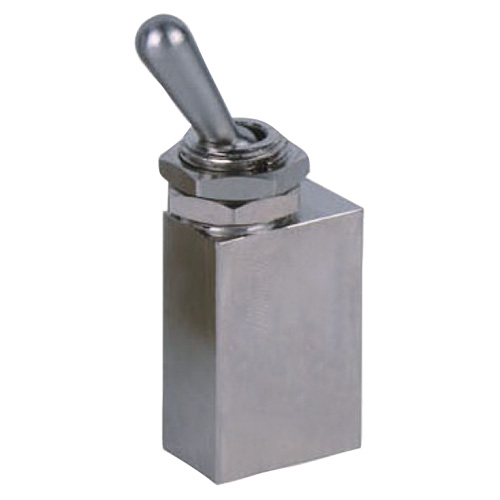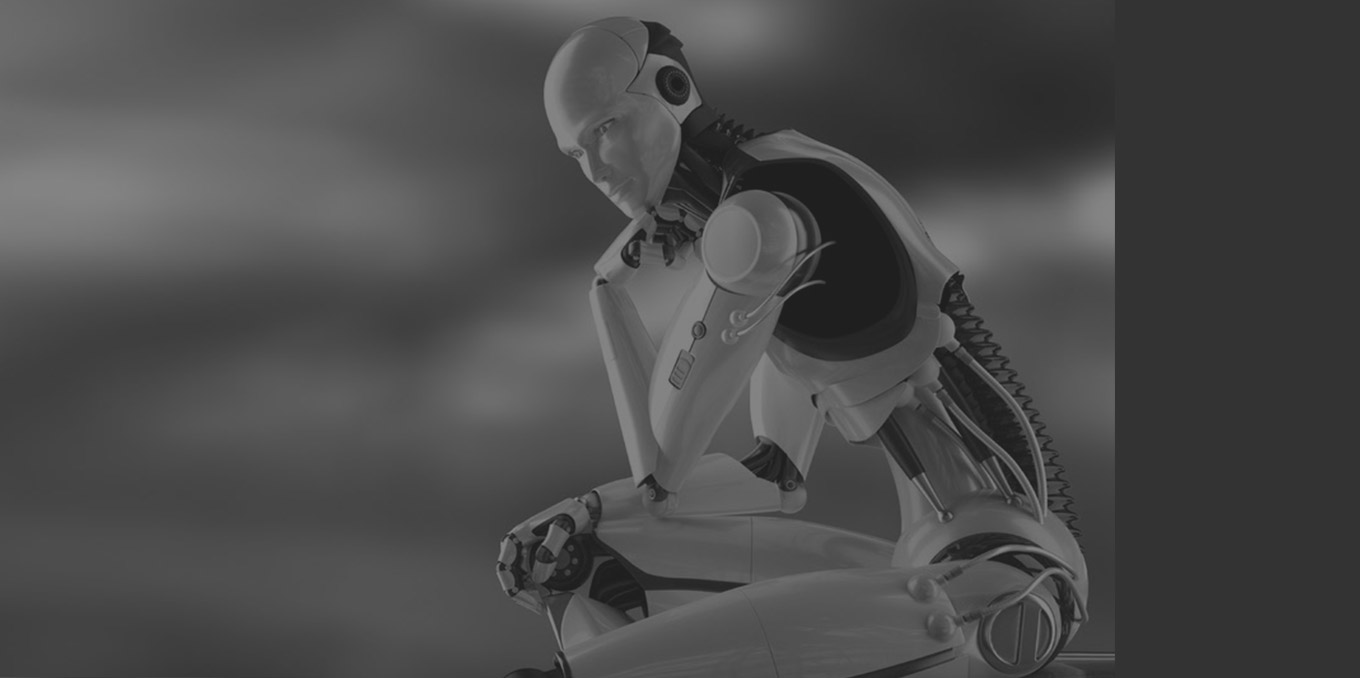Why is there dust and oil mist in the exhaust port and muffler of the cylinder parts?
1. Dust is discharged from the exhaust port and muffler […]
1. Dust is discharged from the exhaust port and muffler
In addition to the condensed water at the exhaust port and the muffler, dust will be discharged. The following is a specific analysis of the reasons and countermeasures:
(1) Mix dust from the inlet and outlet of the air compressor, and install a filter at the inlet of the air compressor. Install a muffler or exhaust cleaner at the exhaust port. Components should be protected in dusty environments.
(2) Rust chips, metal dust and sealing material powder are generated inside the system. The components and piping should be made of rust-resistant and corrosion-resistant materials to ensure good lubrication conditions.
(3) Dust mixed in during installation and maintenance. During installation and maintenance, iron filings, dust, and sealing material fragments should be prevented from being mixed. After installation, compressed air should be fully blown clean.
2. There is oil mist spraying out of the exhaust port and muffler
In addition to dust and oil mist at the exhaust port and muffler. The following is a specific analysis of the reasons and countermeasures:
(1) The lubricator is too far away from the cylinder and the oil mist cannot reach the cylinder. The oil mist will be discharged after the valve is switched. The lubricator should be as close as possible to the components to be lubricated. Improve the installation position of the lubricator. Select micro-mist type oil mist device, pressurized type oil mist device, centralized lubrication element.
(2) One lubricator supplies more than two cylinders. Due to the different cylinder diameters, stroke lengths, and piping lengths, it is difficult for oil mist to be evenly input into each cylinder. After the valve is reversed, the extra oil mist will be discharged. One lubricator should be used instead to supply only one cylinder. Use a remote controlled lubricator pressurized by the fuel tank to supply the lubricating mist.
(3) The specifications and varieties of the oil mist device are not properly selected, and the oil mist cannot be delivered to the cylinder. The lubricator specifications suitable for the gas volume should be selected.


